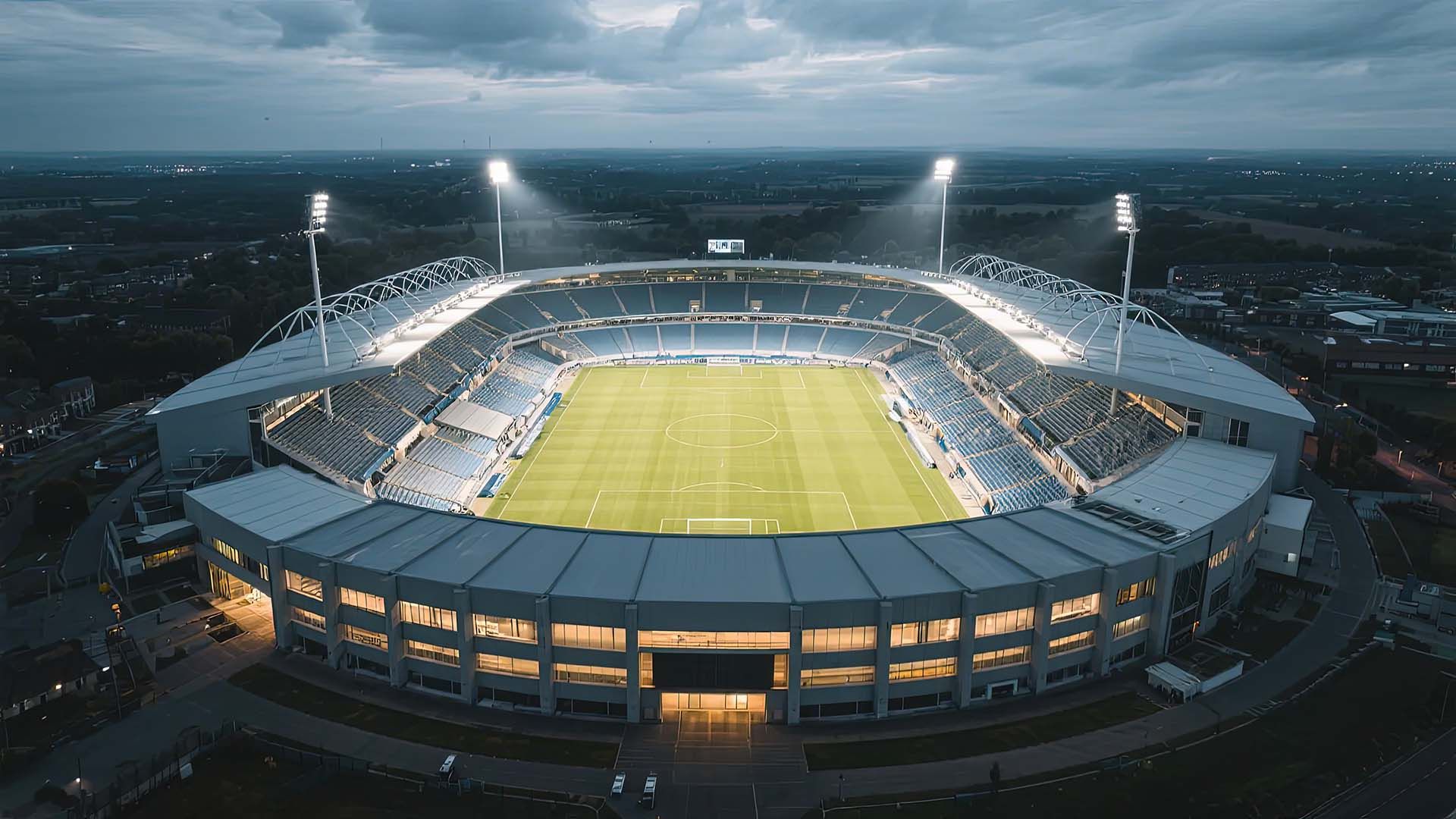10 Ways to Improve Your Student Housing Residents Experience
A Quick Reality Check
It’s August 1, and sophomore Maya is hauling the first of five suitcases out of her dad’s SUV. Before she even reaches the front door she fires off a group-chat message: “If the Wi-Fi’s spotty again, I’m switching buildings next year.” One throw-away comment like Maya’s can snowball into an empty bed—and for you, several thousand dollars in vacancy losses, marketing spend, and make-ready repairs.
Industry data suggests that resident retention in purpose-built student housing still hovers a little above fifty percent. Every time a lease lapses you may lose three or four weeks of rent, pay contractors to repaint and steam-clean, and watch your leasing team scramble to fill the space at the eleventh hour. In a market where most move-outs happen in a two-week summer whirl, even a single unexpected vacancy ripples through your bottom line. That is why resident experience has become the most profitable performance indicator for private student-housing owners.
Strategy 1: Perfect the Move-In Moment
First impressions hard-wire a resident’s expectations for the entire lease. When the arrival process feels coordinated—clear signage, staff on hand for questions, a small welcome bag with Wi-Fi credentials and local food vouchers—friction evaporates. Residents who breeze through their first forty-eight hours typically submit far fewer maintenance tickets during the opening month and begin telling friends that the property is “easy to live in.”
Strategy 2: Treat Internet Connectivity as a Utility, Not an Amenity
Fast bandwidth is table stakes, but reliability is what wins renewals. Deploy per-bed bandwidth management so a late-night gamer can’t accidentally throttle a roommate’s Zoom call. Install self-serve router reset portals so students can fix hiccups without waiting for a technician. Aim for latency below 150 milliseconds and send push notifications that confirm a network issue was detected and resolved before frustration turns into a support email.
Strategy 3: Build a 24/7 Smart-Security Ecosystem
Today’s residents expect the safety they enjoyed in on-campus dorms plus the independence of an apartment. Blend well-lit corridors and key-fob access with mobile guest passes that expire automatically and real-time incident alerts. Surveys show that once basic affordability is met, perceived safety climbs to the top of the priority list—often outranking rent price in renewal decisions.
Strategy 4: Make Maintenance Transparent and Predictable
A broken faucet rarely drives a resident away; waiting in the dark for a fix often does. An app-based ticketing system that displays estimated arrival time, the technician’s photo, and live status transforms maintenance from a nuisance into a managed service. Follow-up micro-surveys keep your operations dashboard honest and highlight staff training gaps before they fester.
Strategy 5: Curate Programming Residents Actually Want
Pizza nights have lost their novelty. Instead, co-create events with the people who will attend them. Poll your community each quarter; you might discover demand for LinkedIn-ready résumé workshops, inter-building esports leagues, or volunteer projects that earn course credit. When residents see their own suggestions come to life, participation rises and a sense of belonging replaces transactional tenancy.
Strategy 6: Offer Flexible Leasing and Payment Structures
College schedules rarely align with twelve-month leases. Consider semester-only or study-abroad sublet clauses and by-the-bed contracts that protect each roommate from the others’ financial hiccups. Sync rent due dates to tuition disbursement calendars and accept digital wallets to shrink late fees. Flexibility reduces stress and makes renewal feel like the default choice.
Strategy 7: Invest in Wellness and Quiet-Study Space
Mental health is retention gold. Sound-dampened study pods, meditation corners, and private telehealth rooms signal that you understand the pressures of student life. Even small gestures—like therapy-dog visits during midterms—create emotional anchors residents remember when renewal season arrives.
Strategy 8: Lead with Sustainability
Generation Z notices whether you recycle or waste. Smart thermostats, energy dashboards in the lobby, and building-wide recycling challenges cut utility bills while boosting social-media word-of-mouth. Incentives such as bike-share credits align with many residents’ values and differentiate your property in crowded markets.
Strategy 9: Close the Feedback Loop Continuously
Short pulse polls after maintenance visits, a semesterly Net Promoter Score, and an online suggestion board build a feedback engine. The magic happens when you publicly share results—“You asked for better lighting in the west stairwell; fixtures were upgraded last Friday.” Visible action turns criticism into collaboration.
Strategy 10: Keep the Relationship Alive After Graduation
Graduated residents can still deliver value through referrals and mentoring. Invite alumni back for networking mixers or offer referral bonuses when they recommend incoming freshmen. An alumni perks portal extends your community’s reach and transforms former tenants into brand ambassadors.
Putting It All Together
Start small and move fast. Over the next thirty days you could map every step of the move-in journey, launch a transparent maintenance portal, and survey residents about their biggest pain points. By the end of the first semester roll out the most requested community event, pilot a flexible lease addendum, and test tuition-linked payment reminders. Within a year retrofit smart thermostats, install quiet-study pods, and open the alumni portal that feeds your referral flywheel.
Monitor a concise dashboard: renewal rate, maintenance response time, Wi-Fi uptime, event participation, and resident sentiment. Review it each month in operations meetings and dig deeper after every semester. Numbers tell the story, but stories behind those numbers guide the next round of improvements.
In Conclusion
Student-housing residents judge far more than granite countertops and gym equipment; they measure every interaction from the moment a leasing link loads to the afternoon they pose in cap and gown. Each frictionless, thoughtful experience compounds into loyalty that protects your revenue stream semester after semester. Focus on one improvement now, track its impact, and let the momentum grow—your future residents, and your net operating income, will notice.
How to increase resident satisfaction?
Increasing resident satisfaction starts with proactive communication and consistent service. Ensure that maintenance requests are handled promptly and transparently, offer reliable amenities like high-speed internet, and create welcoming environments through events or shared spaces. Residents feel more satisfied when they’re listened to, respected, and included in decisions that affect their living experience. Even simple improvements to the move-in process or common area cleanliness can make a lasting impression.
How can you help residents maintain the highest quality of life possible?
Supporting residents’ quality of life means addressing more than just their physical housing needs. Offer wellness-focused features like quiet study rooms, mental health resources, and safe, well-lit spaces. Promote sustainability through recycling programs and energy-efficient utilities. Flexible lease terms, digital rent payments, and lifestyle-focused events also contribute to a smoother, more convenient living experience. Ultimately, listening to residents and adapting to their evolving needs is key to maintaining their quality of life.
How can resident satisfaction be gauged?
The best way to gauge satisfaction is through regular feedback loops. Use short surveys after maintenance visits, send out semesterly Net Promoter Score (NPS) surveys, and host occasional community forums or suggestion boxes. Online reviews and renewal rates also provide insight. It’s essential to not just collect feedback, but to act on it—and let residents know you’re making changes based on their input.
How to increase resident retention?
To increase retention, focus on building long-term trust and comfort. Make the living experience hassle-free—responsive maintenance, flexible lease options, and clear communication go a long way. Residents are also more likely to stay if they feel connected to their community, so offer programming that’s relevant and inclusive. High-speed internet, safety measures, and respectful management create the kind of environment people want to return to year after year.









